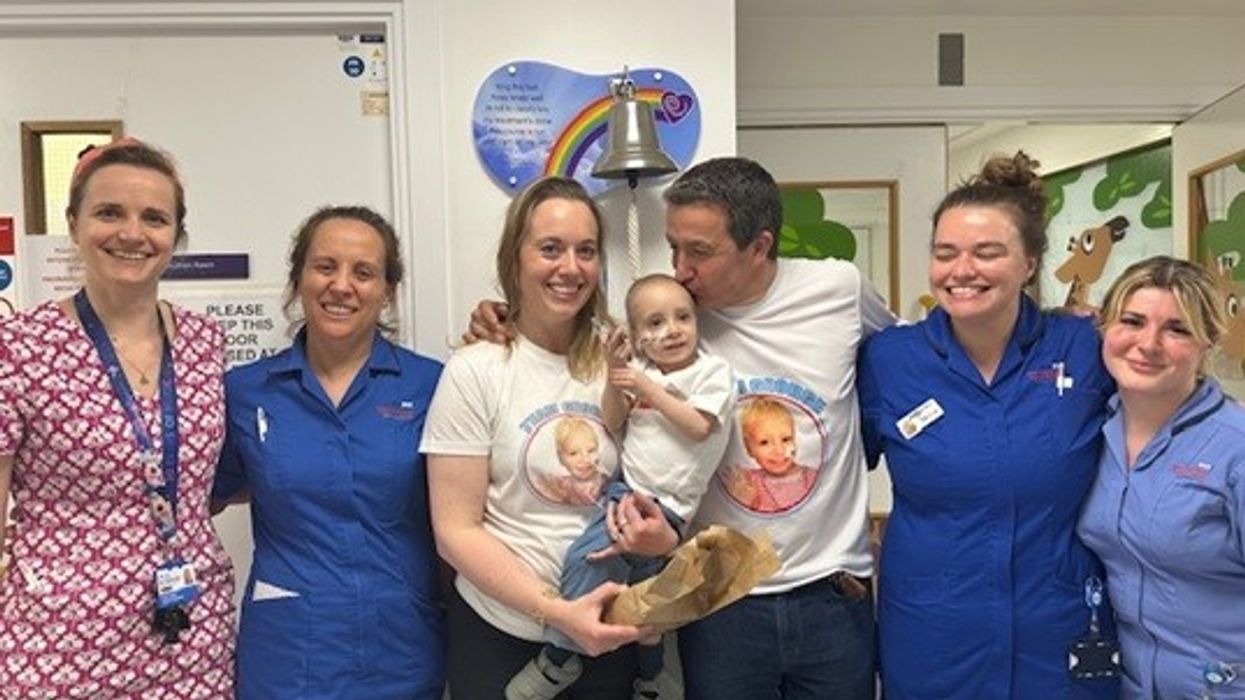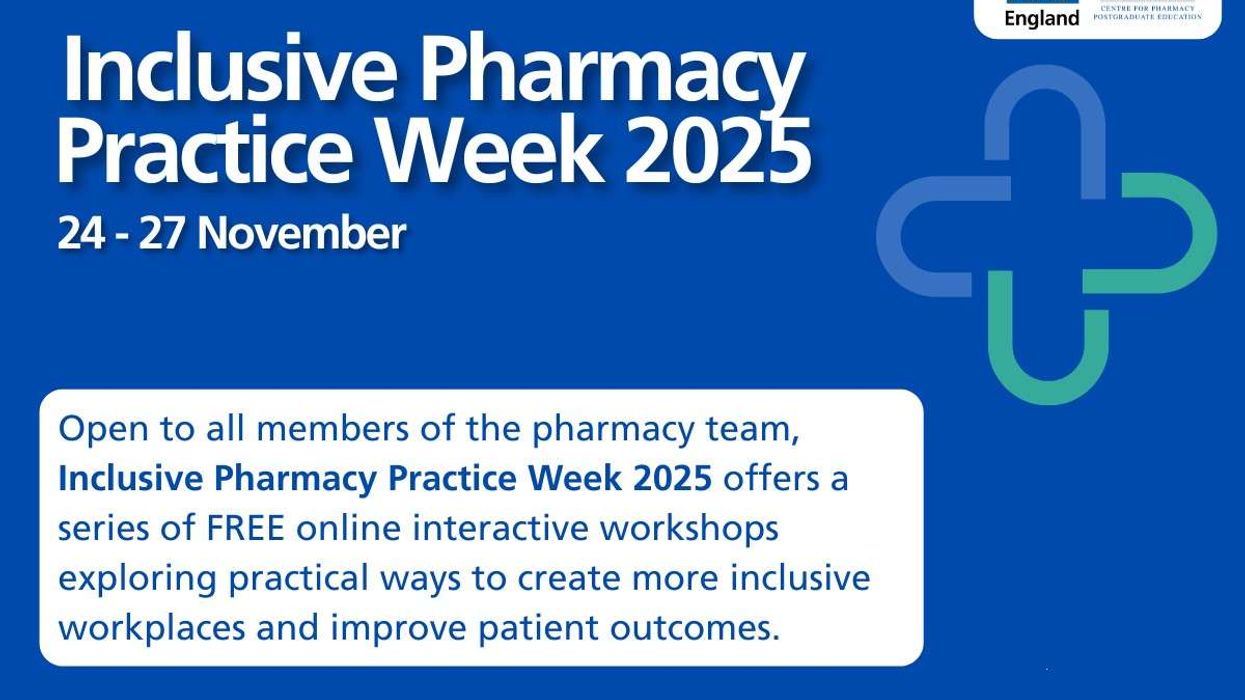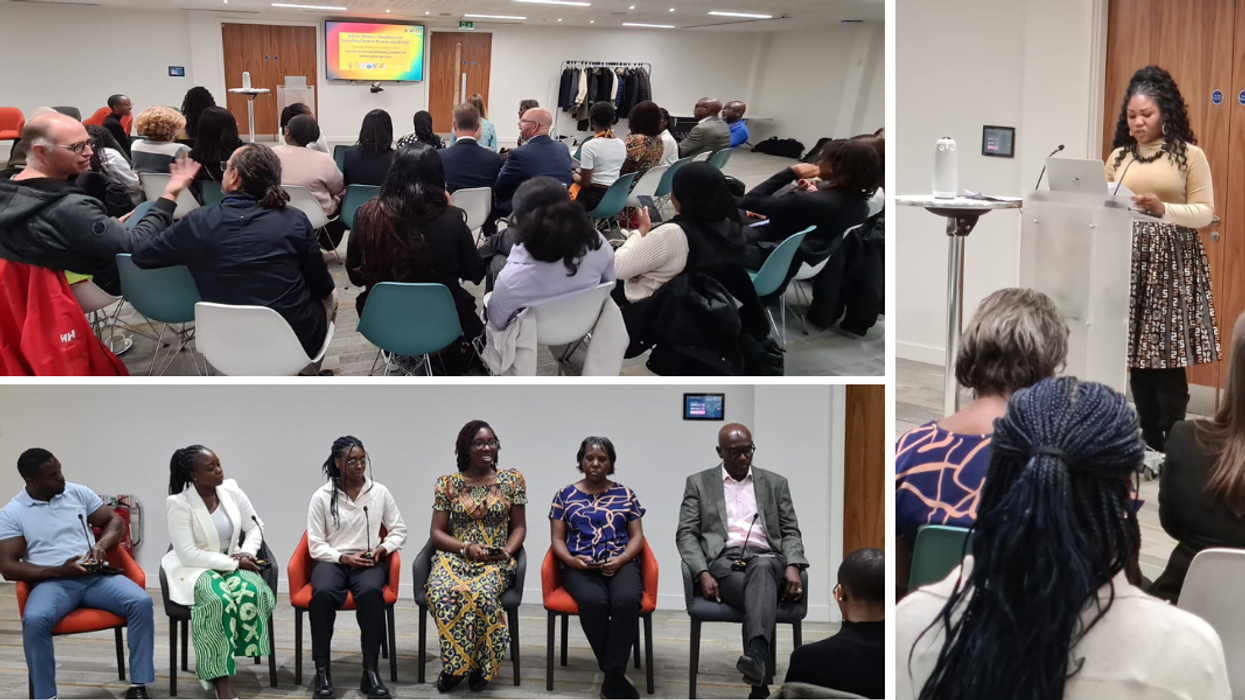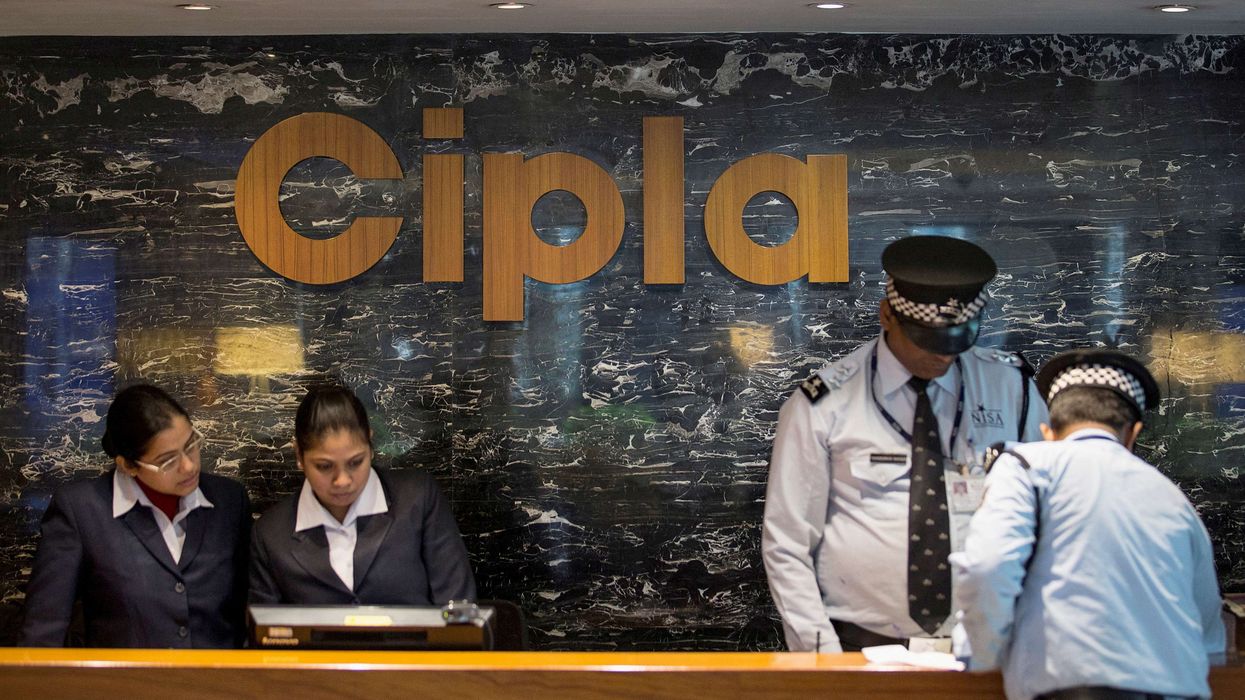Jonathan Bracey recounts his son's struggle with rare liver cancer and the innovative treatments that played a crucial role in the child's recovery
3rd August 2023 was a date we will never forget. It was the day we were given the life-changing and devastating news that our gorgeous baby boy had been diagnosed with a rare cancer, rhabdomyosarcoma (RMS). It was also the day we began a long journey to fix him!
George had just turned 2 when he became unwell – this was 2 months prior to the diagnosis. It became apparent he had an obstruction in his liver/bile duct as he became increasingly jaundiced. In and out of hospitals and finally we ended up at Kings College Hospital in South London. Within 48 hours a biopsy was undertaken, and we heard the unthinkable news. I remember the moment with extreme clarity – it felt like my entire world had collapsed.
A few deep breaths and the typically English cup of tea for once did little to improve the outlook. However, as I have often found in life, the right people often ‘appear’ in your life and come to your rescue. This was no exception. Within hours we were whisked off to Great Ormond Street Hospital (GOSH) to begin the chemo.
The medical pathway looked straightforward at first glance. We were put on the CVA chemo plan (cyclophosphamide, vincristine, actinomycin-D). This involved 9 rounds of chemo with planned reviews (scans) every 3 rounds and a probable operation (resection) after the first scan after 3 rounds.
After 3 rounds of chemo we duly went for our first scan. The feedback was limited but worrying – apparently no shrinkage of the tumor. This was our first wake-up call! We received only very vague updates on the effect of the chemo on the tumor from GOSH. We didn’t find this satisfactory as shrinking the tumor was key in getting a plan in place to carry out a resection. So, we went private. Within a few days had a complete and very detailed review of the imaging, which showed that the tumor was in fact shrinking – this was of course what we needed to hear!
Shrinking the tumor was imperative to enable resection. The main problem was exactly ‘where’ the tumor was located. It was in the middle of the liver and the main bile duct. Meaning that removal of the left side of the liver was possible but there needed to be shrinkage to ensure the right side of the liver remained clear of the tumor post operation.
Just to make the situation slightly more complex, we also had the results of a whole genome sequencing test back on George, which showed he had 2 very rare genetic conditions, Silver Russell Syndrome and Mosaic Variegated Aneuploidy (MVA) Syndrome which has an underlying risk of causing cancers – which seemed to be the case for George.
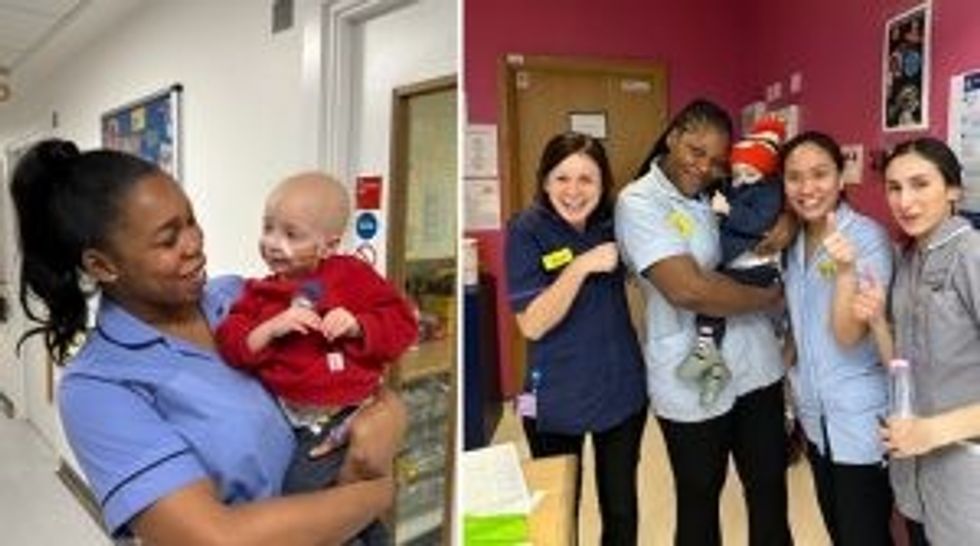
Two things now started to happen. Firstly, we continued forward with GOSH on the chemo. Another 3 rounds. Another scan. Verdict – no shrinkage still (although our private radiologist again suggested the opposite). This prompted GOSH to look for second opinions for RMS patients like George, which unearthed a White Paper from a Parisian hospital. They had reviewed 30 children over about 10 years with RMS of the liver/bile duct. No two cases were the same and with a data set of only 30 it was difficult to draw many trends. However, it did give us a huge lift that 70-80 per cnet of children with a tumor similar to Georges (stage 1, <5cm, embryonal, favorable location) survived beyond the 5-year point and many went on to live long and healthy lives (although none had MVA unlike George).
Secondly, and in parallel, we began our own project of obtaining second opinions from world-leading experts in pediatric liver/bile duct RMS patients. Professor Anil Dhawan (who heads up the amazing pediatric liver team at Kings College Hospital and the Rays of Sunshine ward) was instrumental in helping us with this. Along with Prof Anil’s help, we lined up consultations with Taiwan, USA, India, Russia (proton beam therapy), Germany (radio-pharma), France and London. His energy, positivity and network helped us pick our way through this maze to have meaningful conversations with the right people in a timely manner and begin to formulate a plan. It culminated in a visit to Paris to meet the team who had produced the White Paper.
The result was this. Finish the last 3 rounds of chemo. Then to undertake a groundbreaking procedure for George. It was a 2-stage operation. Firstly, to use Nano Knife Technology (IRE) on the tumor and surrounding area of the liver. This would give the surgeons the ability to get a better margin of clearance around the tumor when they did the resection, which would enable the right side of the liver to be left with clear margins.
On Tuesday, 12 March, George underwent his operation at Kings College Hospital. We waited for the results and were quickly told that everything went totally to plan. Amazing news. The 2-stage procedure had been a success – initially at least. The surgeons had managed to remove all the tumor and had clear margins all the way round the removed section of his liver (an R0 resection that we had all been hoping and praying for).
George remained in ICU for a week, followed by the HDU for a further week. When we got him back to the main Rays of Sunshine ward his weight had dropped to 7.2kg. But we had got him through the process and the road to recovery could begin!
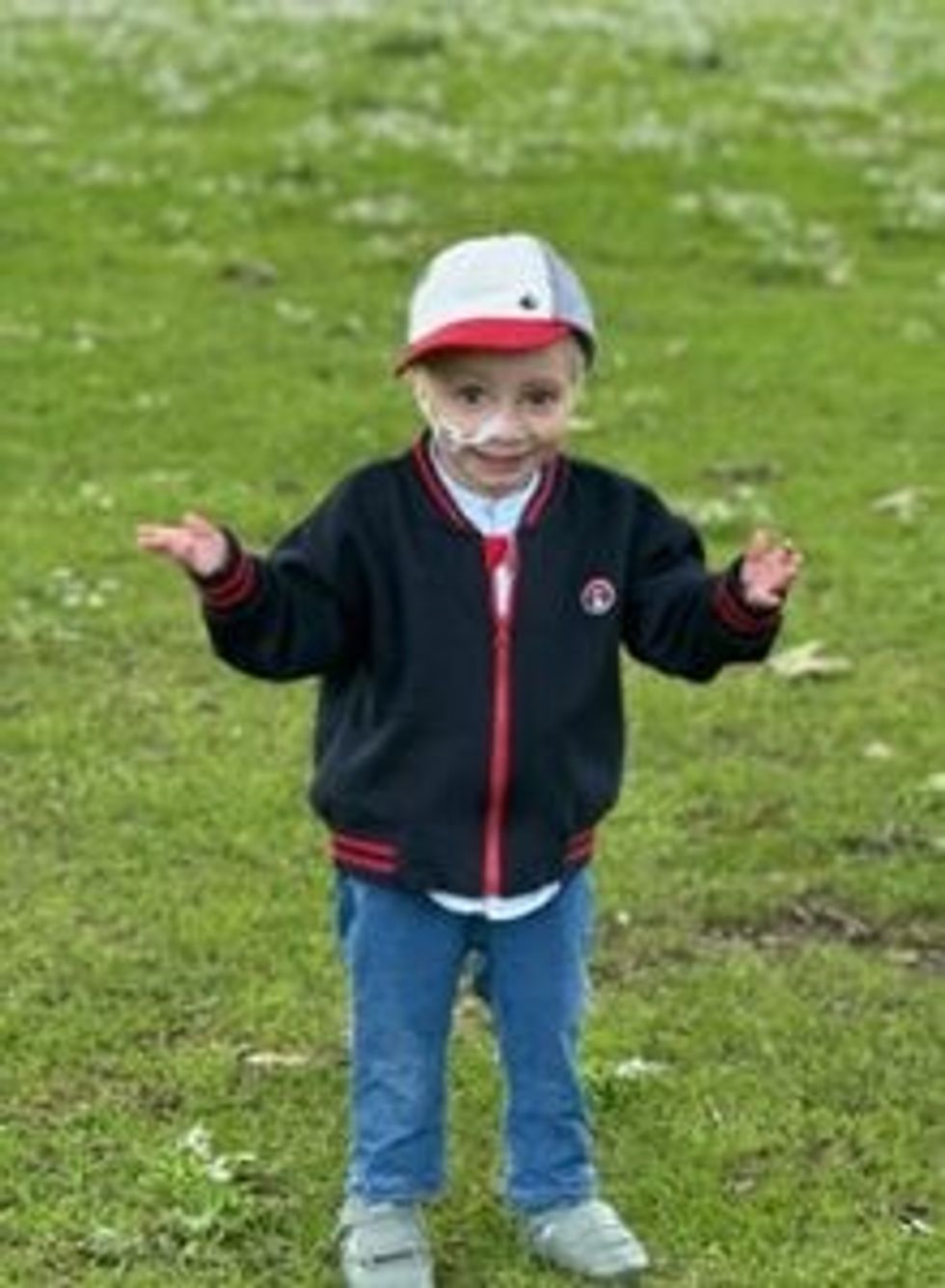
To date, George is the youngest patient in the world to have received Nano Knife Technology and is the first pediatric patient to have received a treatment like this on his liver in the UK.
There are too many people to thank individually but two people have stood out for us. Consultant Sharon Jeetha at St Mary’s Hospital has remained by our side throughout this journey. Secondly, Prof Anil Dhawan at Kings College Hospital has been the best advocate we could have asked for in pulling together the best team and innovative treatment plan to be able to get George successfully through this operation. We can not thank you both enough.
As I write this article (29th May 2024) George remains fit and healthy.
About the author
Jonathan Bracey started his career in the British Army. Since finishing his military career, he has worked in the pharma industry since 2003. In the last 15 years, he has worked in the areas of clinical trials, access programs and rare disease orphan medicines.








